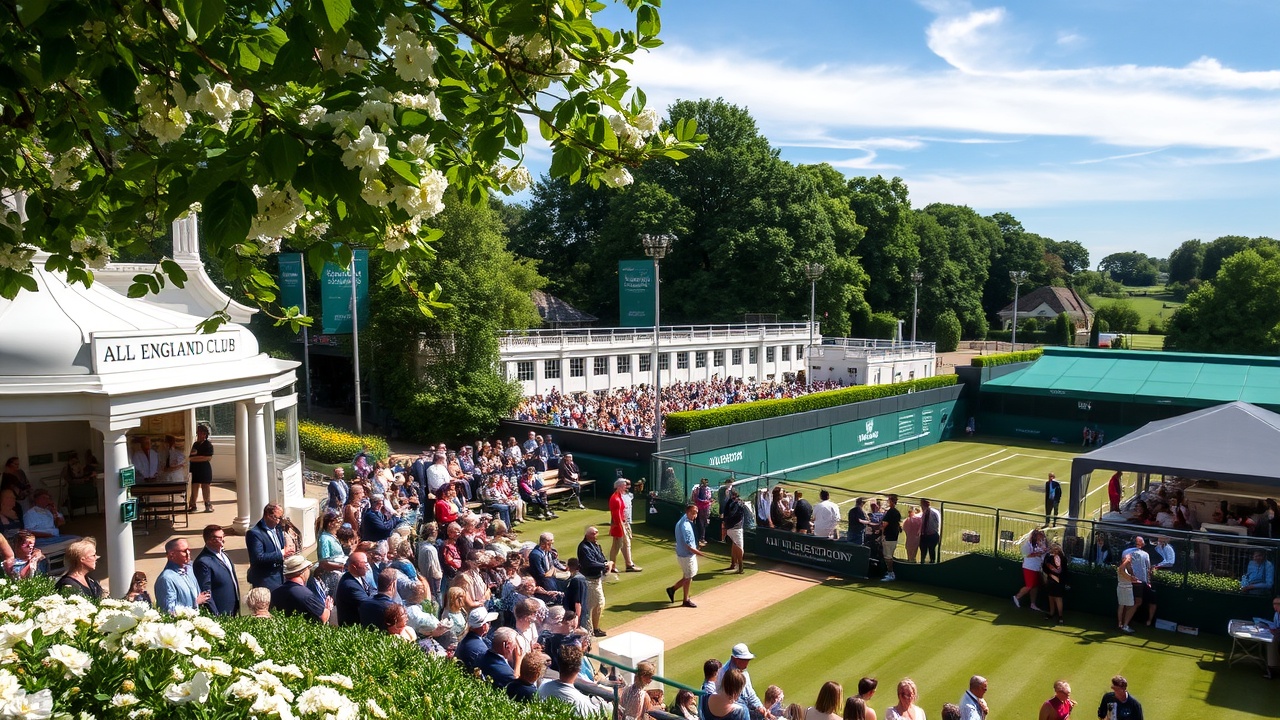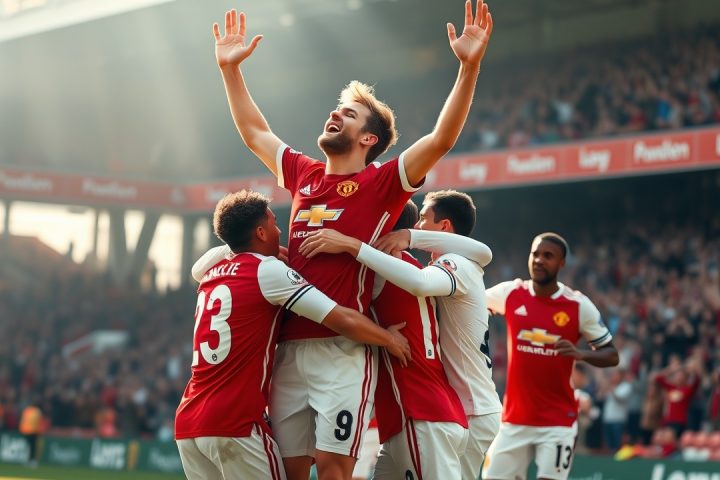Wimbledon Expansion Legal Showdown
As Wimbledon fans fixate on the thrilling matches this week, a significant legal showdown will captivate the attention of the All England Lawn Tennis and Croquet Club (AELTC) and its opponents in London’s Royal Courts of Justice. The competition is not about scores or serves, but rather a judicial review concerning the ambitious £200 million ($272.9 million) expansion plan proposed by the AELTC, aiming to enhance its prestigious Wimbledon Championships.
Details of the Expansion Plan
This expansion seeks to raise daily attendance from 42,000 to 50,000 and is designed to bring the qualifying rounds on-site, similar to other major tournaments like the Australian, French, and US Opens. The plan includes triple the facility space, with 39 new courts, including a new 8,000-seat show court, built on a former golf course within the club’s existing parkland. Previous planning approvals from the Greater London Authority (GLA) have paved the way for this significant development.
Community Response and Support
In this ongoing controversy, the campaign group Save Wimbledon Park stands against the AELTC’s aspirations. The discord has created rifts in the local community, with some residents supporting the expansion, while others vehemently oppose it. Notably, the expansion has garnered approval from notable players like Novak Djokovic and support from 62% of surveyed residents in nearby Merton and Wandsworth.
“Our confidence in the development and the proposals that we’ve been working on for many years is as strong as it ever has been,” remarked tournament director Jamie Baker. He emphasized that the success of the championships and its benefits for the community hinge on completing the expansion.
Concerns from Opponents
Amid the legal proceedings, opponents of the plan including 100-year-old local resident Thelma Ruby and Councillor Malcolm Grimston voiced their concerns about potential environmental damage. Ruby, who has a view of the park, described the landscape as a precious resource that, according to her interpretation of existing covenants, should not face construction. Ruby passionately expressed,
“It’s terribly important that it does not go ahead not just for myself but for the whole planet and future generations.”
Critics of the development, including Save Wimbledon Park, argue that the GLA overlooked key legal covenants concerning the land, agreed upon during the AELTC’s purchase of the Wimbledon Park golf course in 1993. These restrictions seemingly inhibit significant alterations to the land, as it is classified under the statutory Public Recreation Trust, which promotes it as public enjoyment space.
Balancing Development and Preservation
Councillor Grimston articulated the dilemma, acknowledging the benefits and enhancements of the plan, such as the potential extension of the lake, while criticizing the vast expansion that would alter the area’s character. He pointed out that the proposal transforms the ambiance from a tranquil, rural English setting into an overwhelming industrial project. The site, designated as Metropolitan Open Land, deserves protection under UK planning law promises.
The AELTC, on the other hand, asserts that its plans will not only enhance biodiversity by revitalizing parts of the park but also convert areas currently reserved for golf into more ecologically welcoming spaces. Dominic Foster, the club’s head of corporate affairs, indicated that the London Wildlife Trust supports the initiative after thorough analysis, suggesting that golf course management is far less beneficial for ecological diversity.
Conclusion
The outcome of the judicial review will ultimately determine the fate of the AELTC’s vision and the future of Wimbledon’s cherished green spaces.




